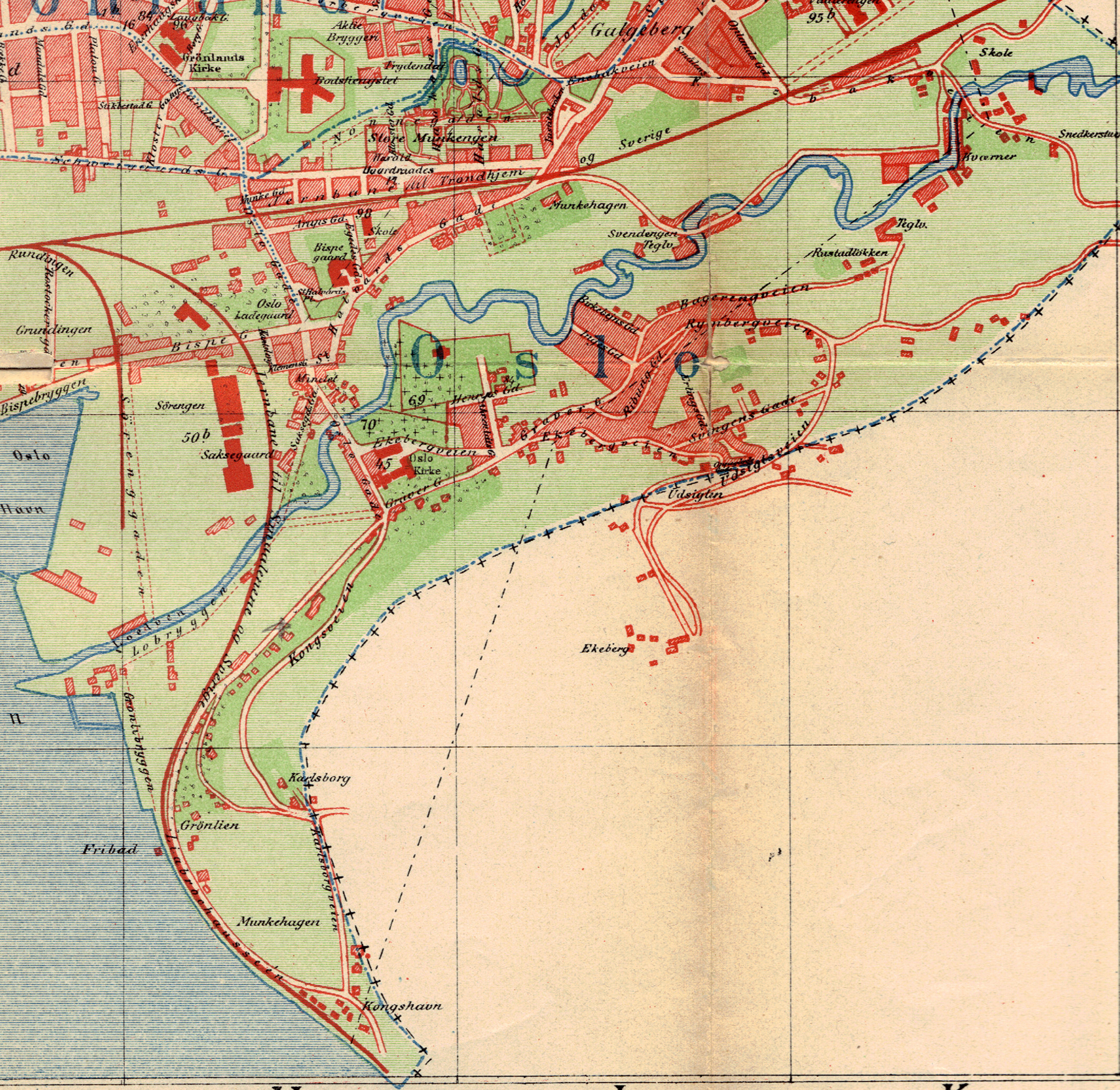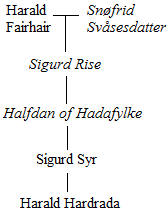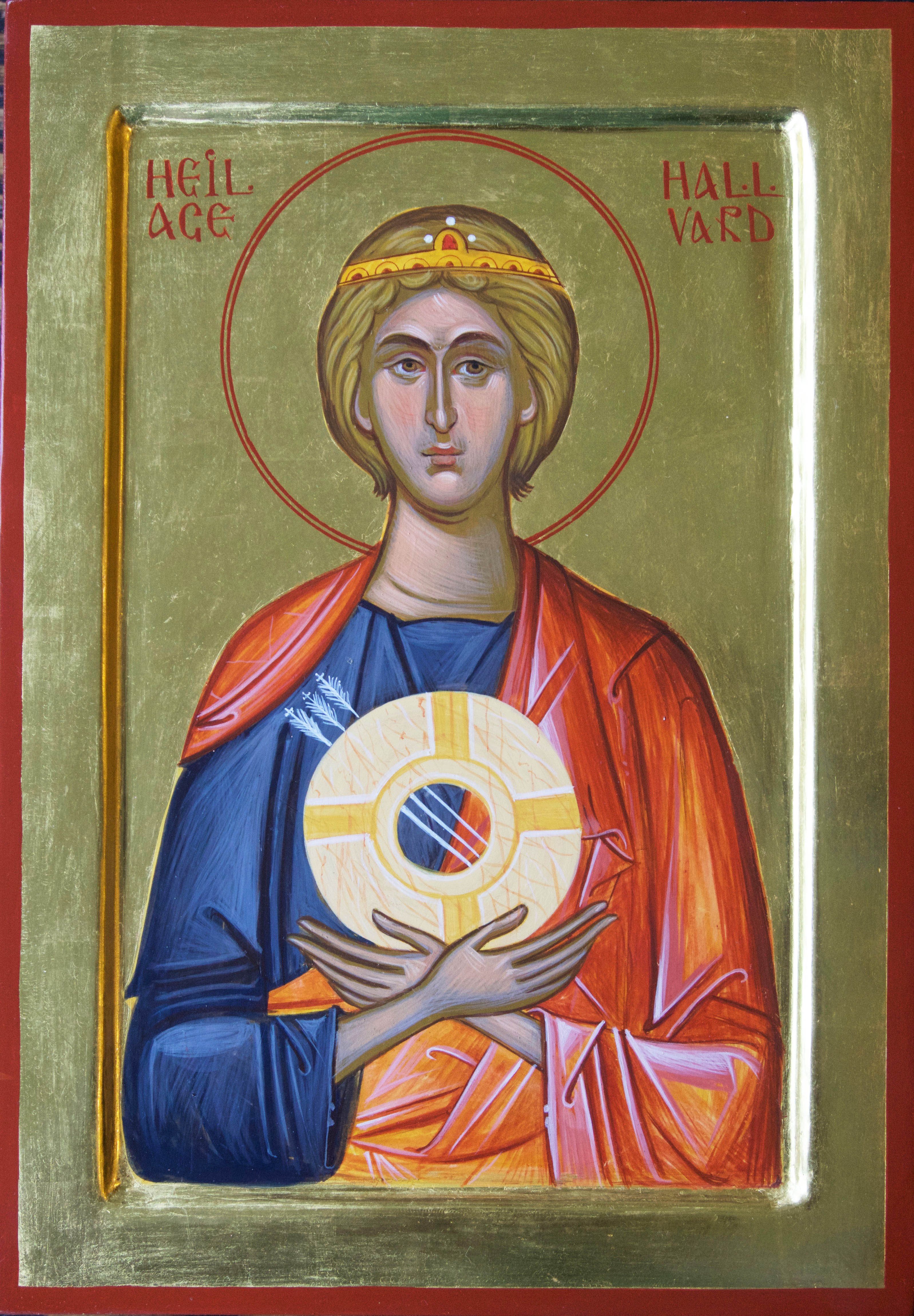|
Gamlebyen
The Old Town of Oslo ( no, Gamlebyen, ) is a neighbourhood in the inner city of Oslo, Norway, belonging to the borough of Gamle Oslo and is the oldest urban area within the current capital. This part of the capital of Norway was simply called Oslo until 1925 while the city as a whole was called ''Kristiania''. Oslo's old town was established with the urban structure around the year 1000 and was the capital of Norway's dominion in 1314. The main Old Town area (i.e. the southern and central parts of Old Town) has several ruins of stone and brick lying above ground, and large amounts of protected culture underground. The core area also has listed 1700s buildings. Towards Ekeberg slope and further up are some 17th and 18th-century wooden houses that are zoned for conservation under the Planning and Building Act, though there exist in the Old Town many four-storey brick houses, built at the end of the 1800s, and some heritage railway buildings from different eras. Mediaeval Oslo ... [...More Info...] [...Related Items...] OR: [Wikipedia] [Google] [Baidu] |
Gamlebyen Church
Gamlebyen Church is a private church, belonging to Oslo University Hospital and is also called ''Oslo Hospital's'' Church, located in the old town of Oslo, Norway. It is leased to the Diocese of Oslo of the Church of Norway and serves as the parish church for the Gamlebyen parish in Oslo. Up to 1925 it had the name Oslo Church, but when the city changed its name from ''Kristiania'' to ''Oslo'', the church got the present name. The present church building is listed in 1796 partly on the foundations of the Franciscan monastery church built around 1290. The church is located at the foot of the north-facing slope Ekeberg, across the street from the Gamlebyen Cemetery. The chapel at the cemetery is abandoned as a burial chapel and leased to the Ethiopian community in Oslo. At funerals, the church itself is now used instead. History ''The abbey Church'' which was built towards the end of the 1200s, was one of Oslo's earliest buildings constructed of brick which came from Duke Hakon's ... [...More Info...] [...Related Items...] OR: [Wikipedia] [Google] [Baidu] |
Gamlebyen Map 1900
The Old Town of Oslo ( no, Gamlebyen, ) is a neighbourhood in the inner city of Oslo, Norway, belonging to the borough of Gamle Oslo and is the oldest urban area within the current capital. This part of the capital of Norway was simply called Oslo until 1925 while the city as a whole was called ''Kristiania''. Oslo's old town was established with the urban structure around the year 1000 and was the capital of Norway's dominion in 1314. The main Old Town area (i.e. the southern and central parts of Old Town) has several ruins of stone and brick lying above ground, and large amounts of protected culture underground. The core area also has listed 1700s buildings. Towards Ekeberg slope and further up are some 17th and 18th-century wooden houses that are zoned for conservation under the Planning and Building Act, though there exist in the Old Town many four-storey brick houses, built at the end of the 1800s, and some heritage railway buildings from different eras. Mediaeval Oslo Th ... [...More Info...] [...Related Items...] OR: [Wikipedia] [Google] [Baidu] |
Oslo
Oslo ( , , or ; sma, Oslove) is the capital and most populous city of Norway. It constitutes both a county and a municipality. The municipality of Oslo had a population of in 2022, while the city's greater urban area had a population of in 2019, and the metropolitan area had an estimated population of in 2021. During the Viking Age the area was part of Viken. Oslo was founded as a city at the end of the Viking Age in 1040 under the name Ánslo, and established as a ''kaupstad'' or trading place in 1048 by Harald Hardrada. The city was elevated to a bishopric in 1070 and a capital under Haakon V of Norway around 1300. Personal unions with Denmark from 1397 to 1523 and again from 1536 to 1814 reduced its influence. After being destroyed by a fire in 1624, during the reign of King Christian IV, a new city was built closer to Akershus Fortress and named Christiania in honour of the king. It became a municipality ('' formannskapsdistrikt'') on 1 January 1838. The city fu ... [...More Info...] [...Related Items...] OR: [Wikipedia] [Google] [Baidu] |
Gamle Oslo
Gamle Oslo is a borough of the city of Oslo, Norway. The name means "Old Oslo", and the district contains Old Town. The borough has several landmarks and large parks, including the Edvard Munch Museum, the Botanical Gardens and a medieval park. During the time that present Oslo was named Christiania, this area was called Oslo. H. P. Lovecraft alludes to the fact in his story ''The Call of Cthulhu'': Neighborhoods of Oslo belonging to this borough are: * Ekebergskråningen * Enerhaugen * Ensjø * Etterstad * Gamlebyen * Grønland * Helsfyr * Kampen * Tøyen * Vålerenga * Valle-Hovin The borough also includes islands and islets in the Oslofjord: Kavringen, Nakholmen, Lindøya, Hovedøya, Bleikøya, Gressholmen, Rambergøya, Langøyene and Heggholmen. In the municipal election of 2007 all borough councils became elective, until then most had been appointed by the city council. Labour became the largest party with 5 representatives, the Socialist Left have 3, the Conser ... [...More Info...] [...Related Items...] OR: [Wikipedia] [Google] [Baidu] |
Harald Hardrada
Harald Sigurdsson (; – 25 September 1066), also known as Harald III of Norway and given the epithet ''Hardrada'' (; modern no, Hardråde, roughly translated as "stern counsel" or "hard ruler") in the sagas, was King of Norway from 1046 to 1066. Additionally, he unsuccessfully claimed both the Danish throne until 1064 and the English throne in 1066. Before becoming king, Harald had spent around fifteen years in exile as a mercenary and military commander in Kievan Rus' and as a chief of the Varangian Guard in the Byzantine Empire. When he was fifteen years old, in 1030, Harald fought in the Battle of Stiklestad together with his half-brother Olaf Haraldsson (later Saint Olaf). Olaf sought to reclaim the Norwegian throne, which he had lost to the Danish king Cnut the Great two years prior. In the battle, Olaf and Harald were defeated by forces loyal to Cnut, and Harald was forced into exile to Kievan Rus' (the sagas' ). He thereafter spent some time in the army of Grand Pr ... [...More Info...] [...Related Items...] OR: [Wikipedia] [Google] [Baidu] |
Cistercians
The Cistercians, () officially the Order of Cistercians ( la, (Sacer) Ordo Cisterciensis, abbreviated as OCist or SOCist), are a Catholic religious order of monks and nuns that branched off from the Benedictines and follow the Rule of Saint Benedict, as well as the contributions of the highly-influential Saint Bernard of Clairvaux, known as the Latin Rule. They are also known as Bernardines, after Saint Bernard himself, or as White Monks, in reference to the colour of the "cuculla" or cowl (choir robe) worn by the Cistercians over their habits, as opposed to the black cowl worn by Benedictines. The term ''Cistercian'' derives from ''Cistercium,'' the Latin name for the locale of Cîteaux, near Dijon in eastern France. It was here that a group of Benedictine monks from the monastery of Molesme founded Cîteaux Abbey in 1098, with the goal of following more closely the Rule of Saint Benedict. The best known of them were Robert of Molesme, Alberic of Cîteaux and the English ... [...More Info...] [...Related Items...] OR: [Wikipedia] [Google] [Baidu] |
Lier, Norway
Lier is a municipality in Viken county, Norway. The administrative centre of the municipality is the village of Lierbyen. The municipality of Lier was established on 1 January 1838 (see formannskapsdistrikt). The area Åssiden was transferred from Lier to the neighboring municipality of Drammen on 1 July 1951. Norway's longest indoor shopping center, Liertoppen, is located in Lierskogen. The newspaper ''Lierposten'' is published in Lier. General information Name The Old Norse form of the name was ''Líðir''. The name is the plural form of ''líð'' which means "hillside". Coat of arms The coat of arms and was designed by Hallvard Trætteberg and granted on 14 August 1970. The arms show five silver-colored apple blossoms on a red background. The area is well known for the production of various types of fruit, berries, vegetables, and flowers, so this was chosen as a symbol of the area's lush scenery and agriculture. Geography Lier borders to the municipalities of Asker, ... [...More Info...] [...Related Items...] OR: [Wikipedia] [Google] [Baidu] |
Sigurd The Crusader
Sigurd Magnusson (1089 – 26 March 1130), also known as Sigurd the Crusader (Old Norse: ''Sigurðr Jórsalafari'', Norwegian: ''Sigurd Jorsalfar''), was King of Norway (being Sigurd I) from 1103 to 1130. His rule, together with his half-brother Øystein (until Øystein died in 1123), has been regarded by historians as a golden age for the medieval Kingdom of Norway. He is otherwise famous for leading the Norwegian Crusade (1107–1110), earning the eponym "the Crusader", and was the first European king to personally participate in a crusade.Literally "Jerusalem-farer", but commonly translated into English as "the Crusader". Early life Sigurd was one of the three sons of King Magnus III, the other two being Øystein and Olaf. They were all illegitimate sons of the king with different mothers. To avoid feuds or war, the three half-brothers co-ruled the kingdom from 1103. Sigurd ruled alone after Olaf died in 1115 and Øystein in 1123. Before being proclaimed King of Norway, Sig ... [...More Info...] [...Related Items...] OR: [Wikipedia] [Google] [Baidu] |
Stave Churches
A stave church is a medieval wooden Christian church building once common in north-western Europe. The name derives from the building's structure of post and lintel construction, a type of timber framing where the load-bearing ore-pine posts are called ''stafr'' in Old Norse (''stav'' in modern Norwegian). Two related church building types also named for their structural elements, the post church and palisade church, are often called 'stave churches'. Originally much more widespread, most of the surviving stave churches are in Norway. The only remaining medieval stave churches outside Norway are those of ''circa'' 1500 Hedared stave church in Sweden and one Norwegian stave church relocated in 1842 to contemporary Karpacz in the Karkonosze mountains of Poland (at the time being a part of the Kingdom of Prussia). One other church, the Anglo-Saxon Greensted Church in England, exhibits many similarities with a stave church but is generally considered a palisade church. Const ... [...More Info...] [...Related Items...] OR: [Wikipedia] [Google] [Baidu] |
Viking Age
The Viking Age () was the period during the Middle Ages when Norsemen known as Vikings undertook large-scale raiding, colonizing, conquest, and trading throughout Europe and reached North America. It followed the Migration Period and the Germanic Iron Age. The Viking Age applies not only to their homeland of Scandinavia but also to any place significantly settled by Scandinavians during the period. The Scandinavians of the Viking Age are often referred to as ''Vikings'' as well as ''Norsemen'', although few of them were Vikings in sense of being engaged in piracy. Voyaging by sea from their homelands in Denmark, Norway, and Sweden, the Norse people settled in the British Isles, Ireland, the Faroe Islands, Iceland, Greenland, Normandy, and the Baltic coast and along the Dnieper and Volga trade routes in eastern Europe, where they were also known as Varangians. They also briefly settled in Newfoundland, becoming the first Europeans to reach North America. The Norse-Gaels, ... [...More Info...] [...Related Items...] OR: [Wikipedia] [Google] [Baidu] |






